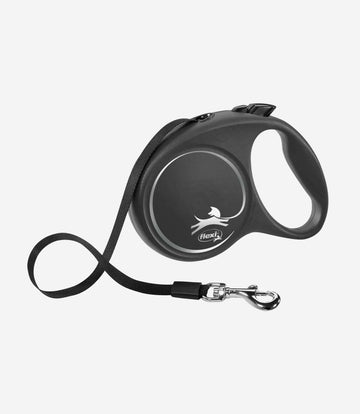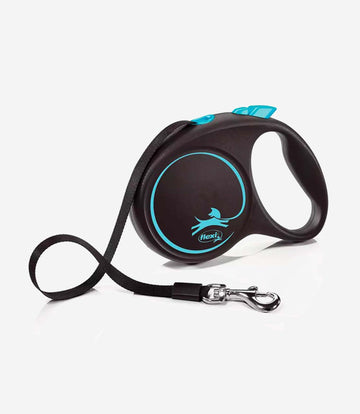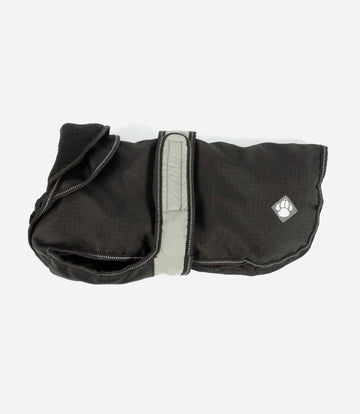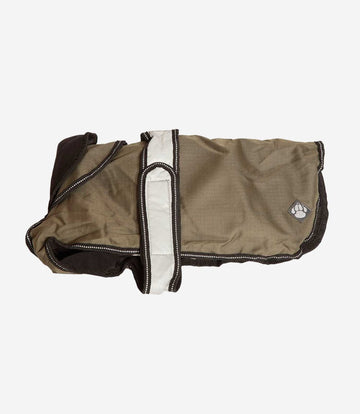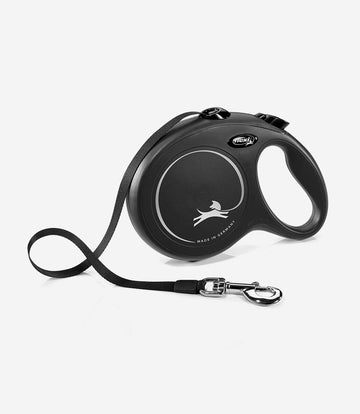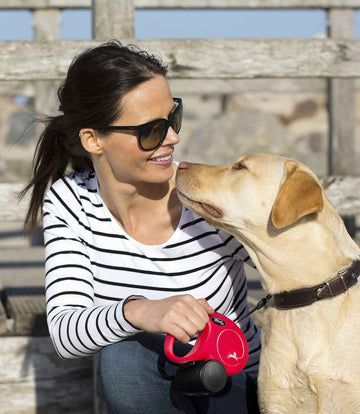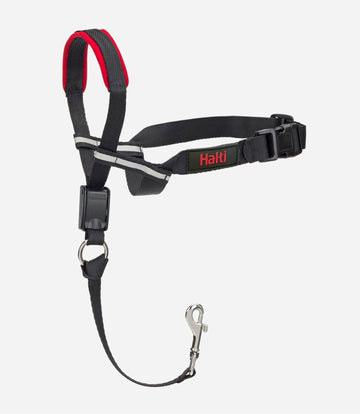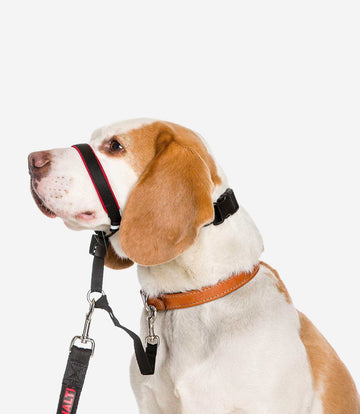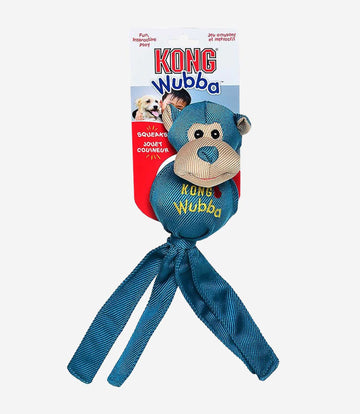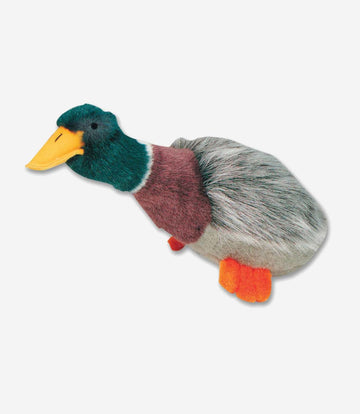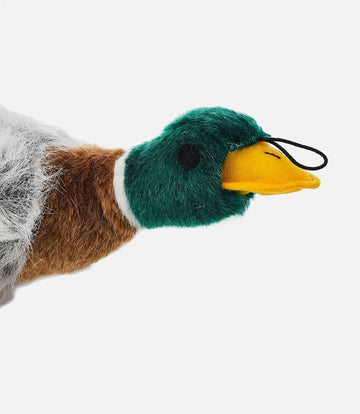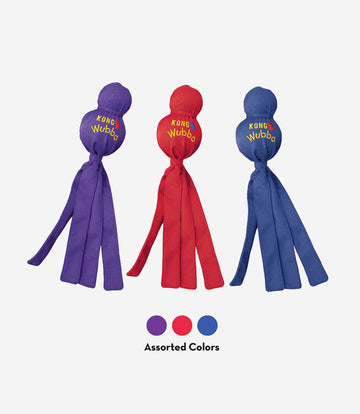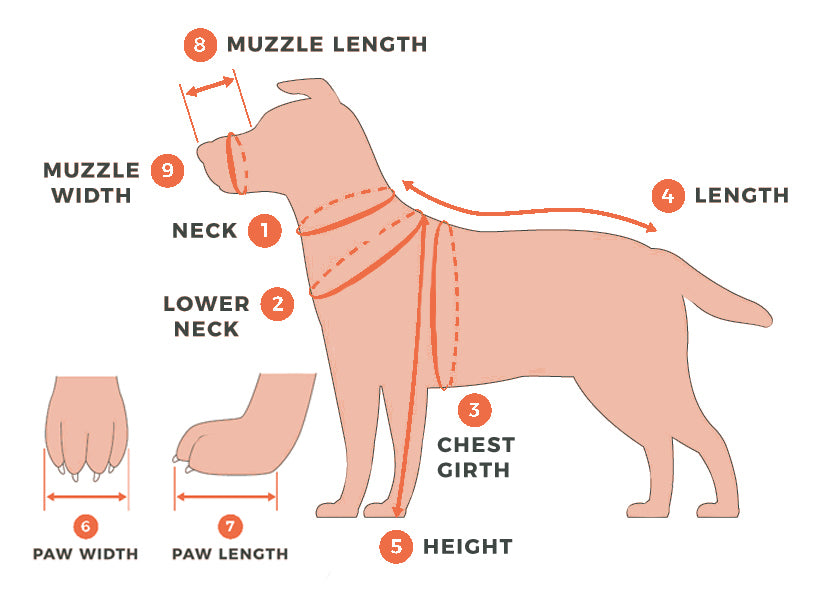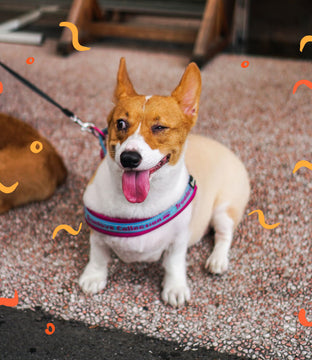Training Your Dog to Heel
Adopting a dog can be a great decision, but training a dog to obey can be difficult. The biggest challenge is to train the dog to heel. Heeling is taught to dogs in the form of rewards. In this blog, I will discuss the top few tips for training your dog to heel.
What Is Heeling?
When a dog walks directly in line with its handler while keeping the lead slack or "soft" and not tugging or making sudden movements it is said to be heeling. Heeling refers to the dog's natural urge to walk alongside its owner, and therefore this is the exact command you will use when training your pup at an early age.
Today, “heel” is often used interchangeably with leash walking, a less strict skill that refers to being neither ahead of nor behind one’s owner so as to maintain constant contact with them on the lead.
Why Should A Dog Know How To Heel?
Dogs can be a handful to handle on walks and are sometimes difficult to control. Teaching them how to heel will make for a much safer experience. Dogs that know how to heel never stray too far ahead or too far behind; they stay right next to their owner so the person is always in complete control of them.
Heeling will allow you and your dog to develop a better bond, making it so that both you and your dog are more focused on each other than anything else. Additionally, heeling allows pet owners who do not live with their dogs full-time the ability to establish leadership over their dogs, a key component to effective communication between pet and owner.
How Can You Train Your Dog To Heel?
There are a few ways to teach your dog the heel command, but one of the most effective is by using the "lure and rewards" method in conjunction with positive reinforcement conditioning training. All you'll need is some treats, a dog collar or harness, a clicker, and some kind of leash.
Select a Proper Location for Training
It’s best to first select a training location. Attach your leash to your dog and go to a familiar room without others or animals present. Inside your house is a great option for this it just depends on the situation. Your backyard is another good area that is suitable for training, especially when you are trying to get long-term behavior practice from dogs that do not have much experience in controlled environments.
Get All the Necessary Things
Always start by positioning your clicker, dog, and treat so that they are easy to access while your dog stands on your left side. Keep the clicker in your right hand while holding a handful of treats in your left hand as you continue with step two below.
Command Your Dog to Sit
When it comes to training your dog, we suggest that you start with teaching him the basic commands so he can learn what is expected of him. In this case, we want you to show your dog how he should sit. To do this, first, sit down and wait for your dog to join you by placing its rear end on the ground.
Once he's in the sitting position, say “Sit” and then use a clicker or treat to reward his good behavior. After your dog has mastered the sit command, remember that heeling is a very tricky skill - so don’t push the matter if he can’t get it right away.
Lure Your Dog To Heel
Step into the lead by giving a "heel" command and manoeuvring your dog away from obstacles. Provide your pet with a delicious treat, then position it at the tip of its nose for guidance as you take a step forward in the direction of where you want to go.
For every couple of footsteps, your pet will follow in stride with you, use a "click," reward it with another treat, and lavish the animal with positive reinforcement like saying "good heel." Remember that during this initial training process you want to keep a steady pace while keeping your pet close to you so that it doesn't disrupt your movements or excitement.
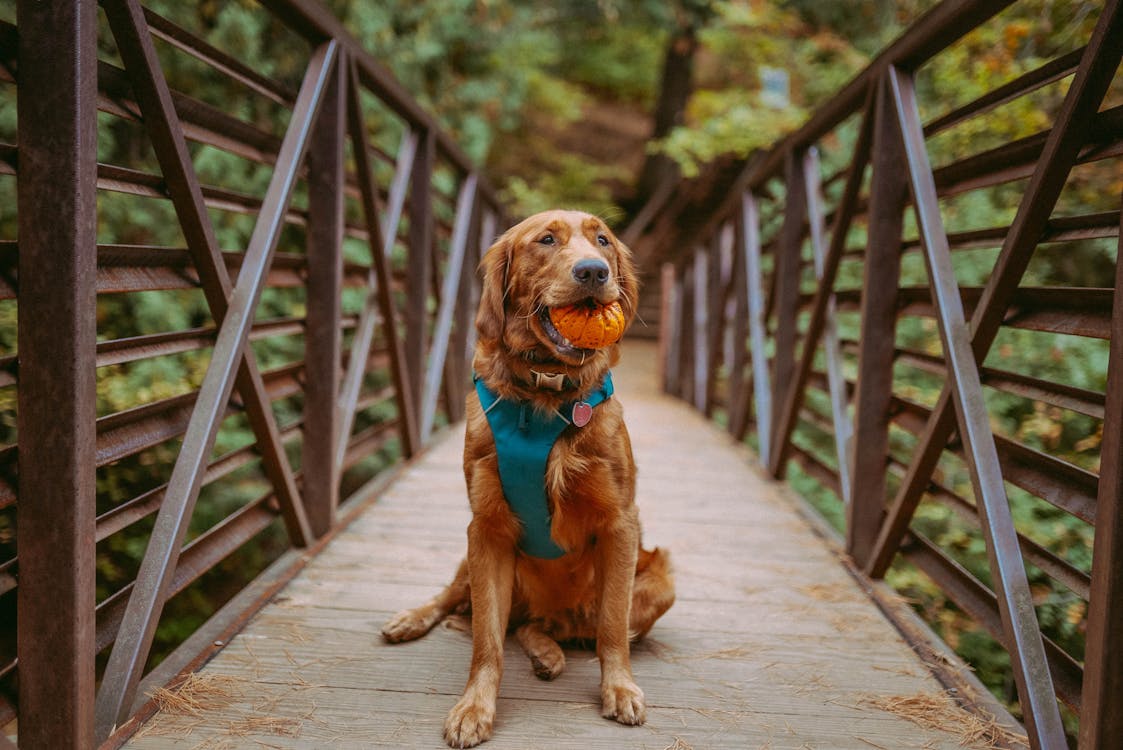
Repeat the Training Routine
The above routine is a great way to train your dog how to heel and as a word of advice, don't leave it up to one training session. Practice the routine every day - it will take around 10 minutes each time and do a few training sessions daily for about seven days for the full effect.
If your dog ever seems like it’s getting bored or distracted when you are trying to get them to heel, stop walking and call the dog back over next to you by calling his name out repeatedly in a firm tone until the pet rejoins you. Now that your canine friend is settled in once again next to you, give the "sit" command once more and start all over from where you left off.
Practice without Treat
Once you and your dog have consistent training during which he knows exactly what you mean when you say "heel". After that continue doing the same thing but just make sure that instead of having a treat in your left hand, keep it in your pocket.
When your dog does well you can tell because it will be walking on the heel, reward him with a click (which is your version of saying "yes!") and a treat from your pocket. Gradually increase the number of steps before giving the treat; first go up to two steps, the next time to five steps, and then eventually 10.
Practice in Environment Full Of Distraction
After a successful week of training, take your dog to increasingly challenging environments. Increase the length of walks and take your dog to those areas that have more distractions like in the dog park.
Conclusion
Training your dog to heel is very useful in daily life. We hope you enjoyed our article on how to train your dog to heel. With this knowledge, you can ensure that you can train your dog to do anything that you need. So what are you waiting for? Start training your dog!

